History
The history of hamsters is a fascinating journey through time that dates back to the early 20th century. Hamsters, small rodents belonging to the Cricetidae family, are native to parts of Europe, Asia, and the Middle East. The name “hamster” is derived from the German word “hamstern,” which means “to hoard,” a reference to their habit of storing food in their cheek pouches.
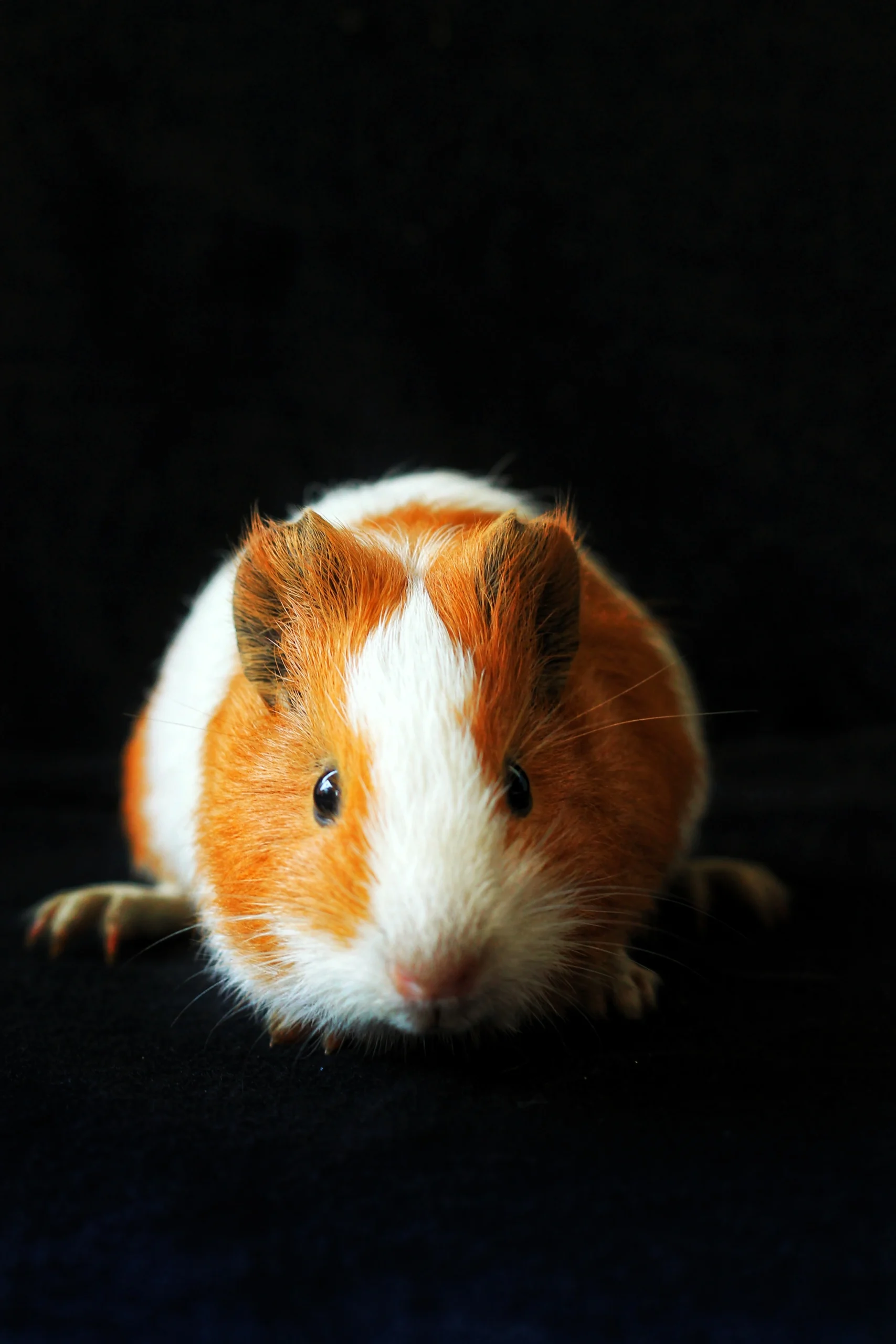
The first scientific description of hamsters was made by the British zoologist George Robert Waterhouse in 1839. However, these creatures remained relatively unknown in the Western world until the early 20th century. In 1930, a zoologist named Israel Aharoni discovered a mother and her litter of hamsters in the Syrian desert. He captured them and brought them back to the Hebrew University of Jerusalem, marking the beginning of hamsters’ domestication.
These original Syrian hamsters were used for scientific research, and their descendants were selectively bred to establish the first pet hamster colonies. These early domesticated hamsters were the foundation for various hamster breeds that would later be developed.
Over time, hamsters gained popularity as household pets, and in the 1950s, they were introduced to the United States. The first hamster breed to be sold as pets in the U.S. was the Syrian hamster, also known as the Golden hamster due to its distinctive golden coat. This marked the beginning of a global hamster pet-keeping trend.
Today, hamsters come in several species and numerous color variations, thanks to continued breeding efforts. They have become cherished pets worldwide, known for their small size, low maintenance, and endearing personalities.
Hamsters Size
The size of hamsters is a defining characteristic that sets them apart as small rodents. Hamsters are known for their diminutive stature, making them popular choices as pets due to their manageable size. On average, adult hamsters measure between 4 to 7 inches (10 to 18 centimeters) in length, including their tail, and weigh approximately 1 to 7 ounces (28 to 198 grams), depending on the species and individual variations.
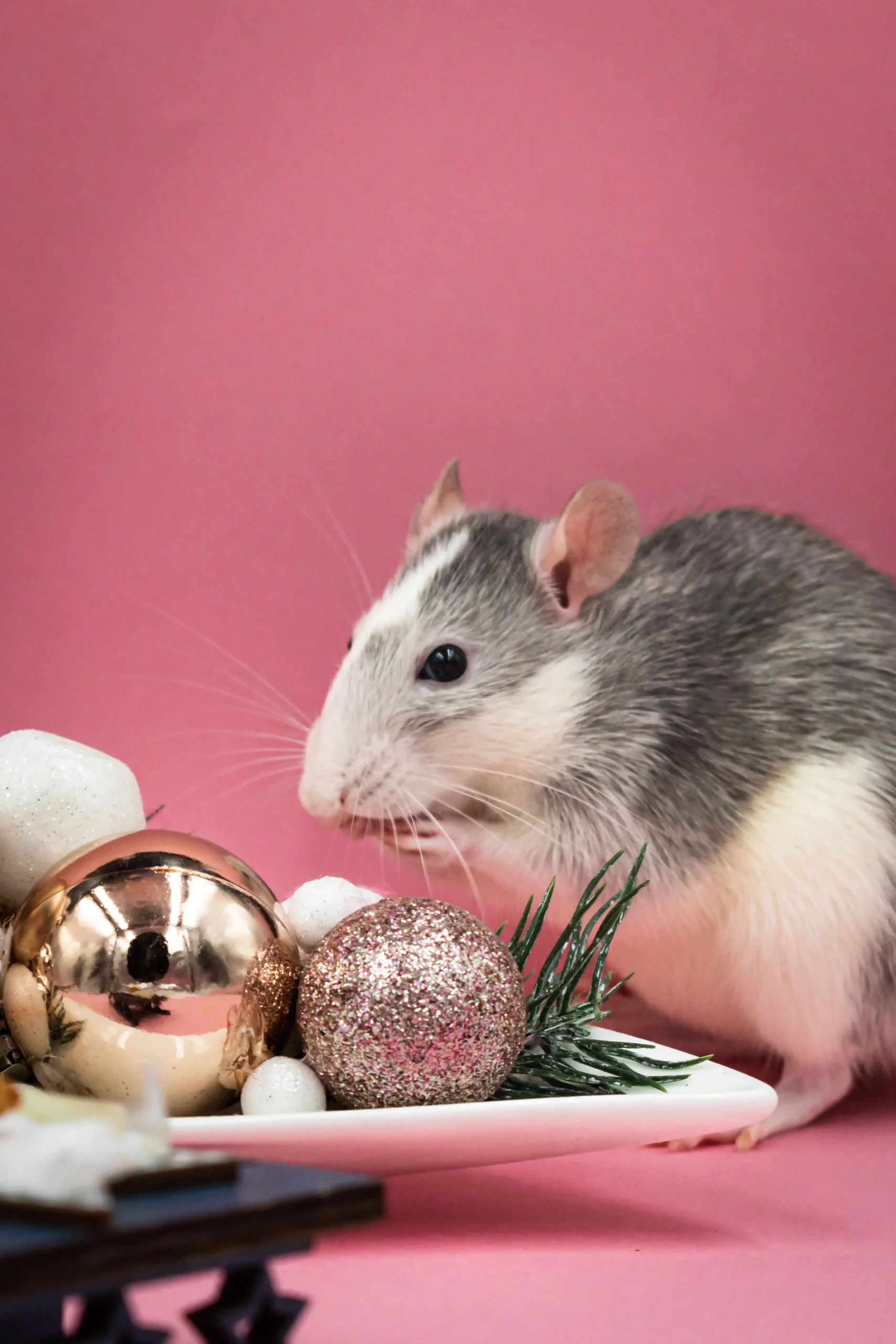
One of the most common pet hamster species, the Syrian hamster (Mesocricetus auratus), also known as the golden hamster, typically falls within the larger end of this size range, with adults often reaching lengths of up to 7 inches and weighing around 5 to 7 ounces. In contrast, dwarf hamster species, such as the Roborovski dwarf hamster (Phodopus roborovskii), tend to be at the smaller end of the size spectrum, with adults averaging around 2 to 3 inches in length and weighing only 1 to 1.5 ounces.
Hamsters have a stocky build with short legs, a round body, and a relatively short tail. Their small size allows them to adapt well to confined spaces, making them suitable for indoor enclosures like cages and aquariums. This compact size also makes them easy to handle and maintain as pets, particularly for children and individuals with limited living space.
Despite their diminutive size, hamsters exhibit a remarkable range of behaviors and adaptations that contribute to their survival in the wild and their appeal as pets. They are known for their burrowing abilities, using their small size and powerful claws to create intricate underground tunnels and chambers where they nest and store food. Additionally, their agility and speed, coupled with their small size, help them evade predators and navigate challenging terrains in their natural habitats.
Nutrition and Diets
Proper nutrition is essential for the health and well-being of hamsters, small rodents that are popular pets around the world. Hamsters, known for their adorable appearance and endearing behavior, rely on a well-balanced diet to thrive in captivity. Understanding their nutritional needs is crucial for pet owners to ensure their hamsters lead healthy and happy lives.
1. Commercial Hamster Pellets: The foundation of a hamster’s diet often consists of commercial hamster pellets. These pellets are specially formulated to provide a balanced blend of essential nutrients, vitamins, and minerals tailored to the dietary requirements of hamsters. When selecting pellets, it’s essential to choose a high-quality brand that offers complete nutrition.
2. Fresh Water: Access to clean, fresh water is vital for hamsters. They should have a constant supply of water available in a water bottle or a shallow dish. Make sure to change the water daily to prevent contamination.
3. Fresh Vegetables and Fruits: Hamsters can benefit from a variety of fresh vegetables and fruits in their diet. Offer small portions of safe options such as carrots, cucumbers, broccoli, and apples. These fresh foods provide essential vitamins and fiber to their diet. However, avoid high-calcium vegetables like spinach, as excessive calcium can lead to health issues.
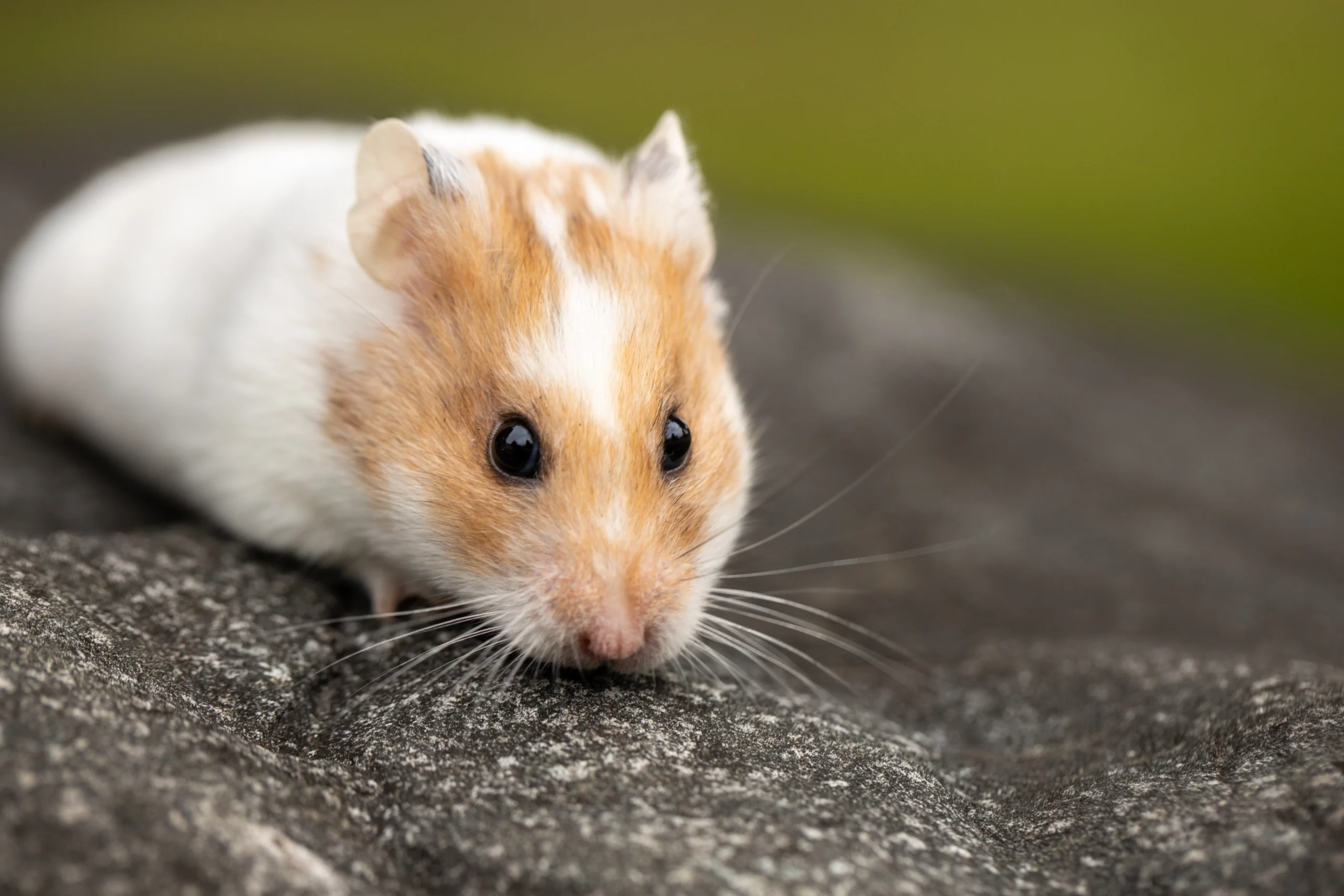
4. Protein Sources: Hamsters are omnivores, so they require protein sources in their diet. Offer small amounts of lean protein, such as cooked chicken or mealworms, as an occasional treat. Protein supports their muscle development and overall health.
5. Hay and Fiber: To aid in digestion and promote dental health, provide high-fiber hay, such as Timothy hay, in your hamster’s habitat. Hay also serves as nesting material and entertainment for hamsters as they can burrow in it.
6. Treats and Snacks: Hamsters enjoy the occasional treat, but it’s crucial to offer them in moderation. Commercial hamster treats are available, but you can also provide small pieces of whole grain bread or unsalted nuts. Be cautious not to overfeed treats, as this can lead to obesity and other health problems.
7. Avoid Sugary and Fatty Foods: Steer clear of sugary and fatty foods in your hamster’s diet. Hamsters are prone to diabetes, so foods high in sugar can be particularly harmful. Similarly, high-fat foods can lead to obesity. Keep sugary treats and fatty foods as rare indulgences.
8. Food Presentation: Hamsters are foragers by nature, so scatter their food throughout their habitat to encourage natural hunting and foraging behaviors. This also provides mental stimulation and prevents boredom.
9. Monitor Eating Habits: Pay attention to your hamster’s eating habits. If you notice a significant decrease or increase in food consumption, it could be a sign of an underlying health issue. Consult a veterinarian if you have concerns about your hamster’s eating patterns.
10. Food Freshness: Ensure that all food items provided to your hamster are fresh. Remove uneaten portions to prevent spoilage and contamination. Stale or moldy food can harm your hamster’s health.
11. Special Considerations: Different hamster species may have specific dietary preferences or requirements. Syrian hamsters, for example, have a higher tolerance for a varied diet, while dwarf hamsters may have more delicate digestive systems. Be aware of your specific hamster’s needs.
Training and Intelligence
Training and Intelligence of Hamsters:
Hamsters are adorable and popular small rodents known for their charming appearance and endearing behaviors. While they may not possess the same level of intelligence and trainability as some other pets like dogs or birds, hamsters do exhibit a certain level of learning ability and can be trained to a limited extent.
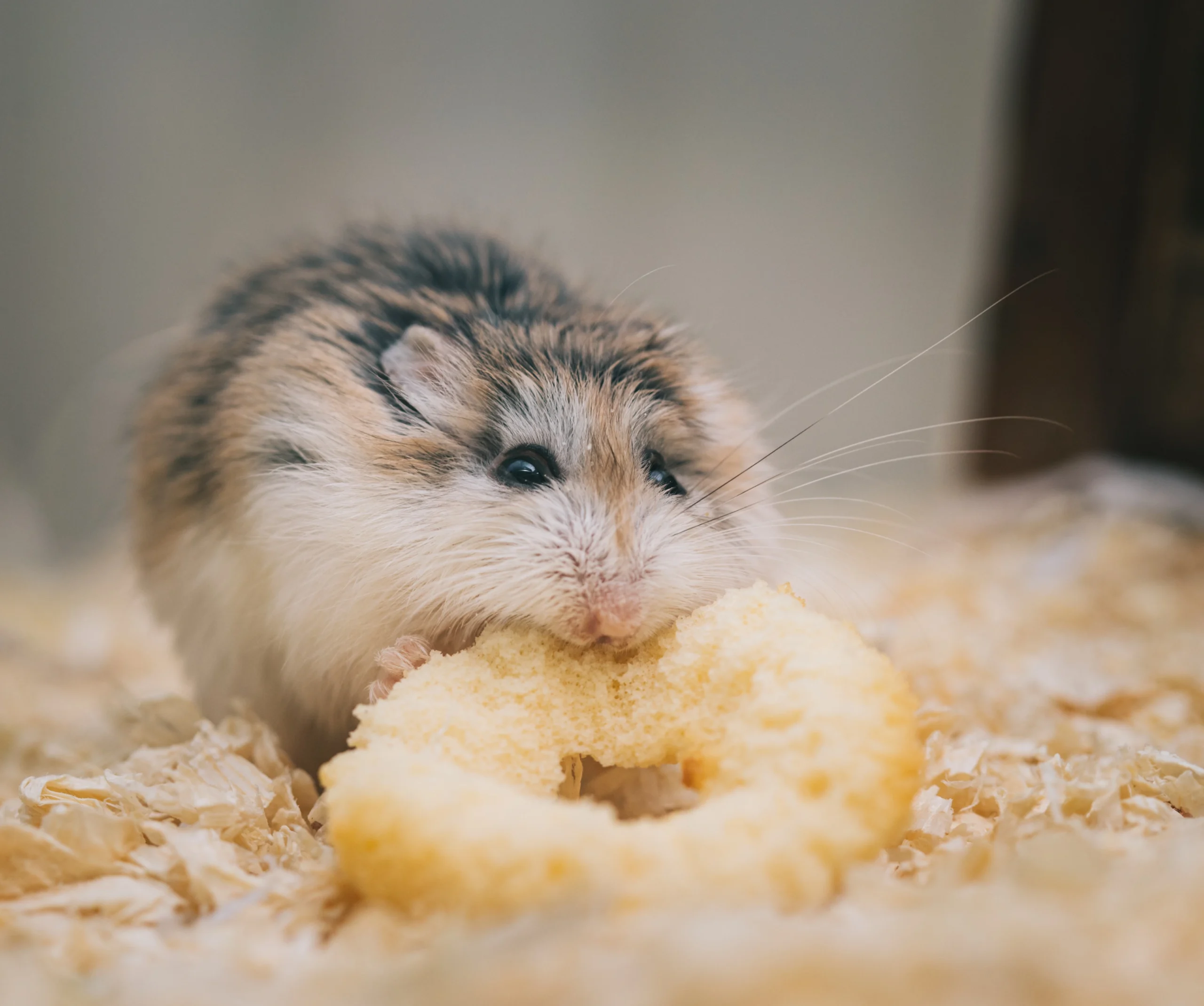
- Social Behavior and Intelligence: Hamsters are primarily solitary animals and are not as inherently social as some other pets. They are not driven to please their owners in the same way that dogs are, which can make training more challenging. However, this doesn’t mean that hamsters lack intelligence altogether.
- Learning by Association: One of the primary ways that hamsters learn is through association. They can associate certain actions or behaviors with specific outcomes. For example, if you consistently provide food when opening their cage door, they may learn to approach the door when it’s opened, expecting a treat.
- Taming and Handling: Hamsters can be trained to become more comfortable with human handling through a process called taming. Taming involves gentle and patient handling, allowing the hamster to become accustomed to human scent and touch. Over time, they may become less skittish and more accepting of being held.
- Litter Training: Some hamsters can be trained to use a specific area of their cage as a bathroom. By observing their natural tendencies and placing a litter box or designated area with bedding in one corner of the cage, you can encourage them to use that area for waste elimination.
- Basic Tricks and Tasks: While hamsters may not perform elaborate tricks, they can be taught some basic tasks. For instance, you can train them to come to the front of the cage when called by using their name consistently. This can be rewarding for both the hamster and the owner, as it fosters a sense of interaction and engagement.
- Positive Reinforcement: Like many animals, hamsters respond well to positive reinforcement. This involves rewarding desired behaviors with treats or praise. For example, if you’re working on the “come” command, offer a small treat when the hamster approaches you as a reward. Over time, they may associate coming to you with receiving a treat.
- Patience and Consistency: Training a hamster requires patience and consistency. Hamsters may not learn as quickly as dogs, so it’s important not to force them or use punishment-based training methods, as this can cause stress and fear. Instead, focus on gentle, reward-based training and be consistent with your cues and rewards.
- Limitations of Training: It’s essential to keep in mind the limitations of training hamsters. Their small size and solitary nature mean that they are less inclined to perform complex tricks or commands. Additionally, they have a relatively short attention span, so training sessions should be brief and focused.
- Understanding Hamster Behavior: To effectively train a hamster, it’s crucial to understand their natural behaviors and tendencies. Hamsters are crepuscular, which means they are most active during dawn and dusk. Training during these times when they are naturally more alert may yield better results.
- Bonding and Trust: Building a strong bond of trust with your hamster is a critical aspect of training. By spending time with them, providing enrichment, and being patient, you can create a positive relationship that makes training more successful.
Health and Lifespan
The health and lifespan of hamsters depend on various factors, including genetics, diet, environment, and proper care. On average, pet hamsters have a lifespan of 2 to 3 years, although some may live longer, while others may have shorter lives due to genetic factors.
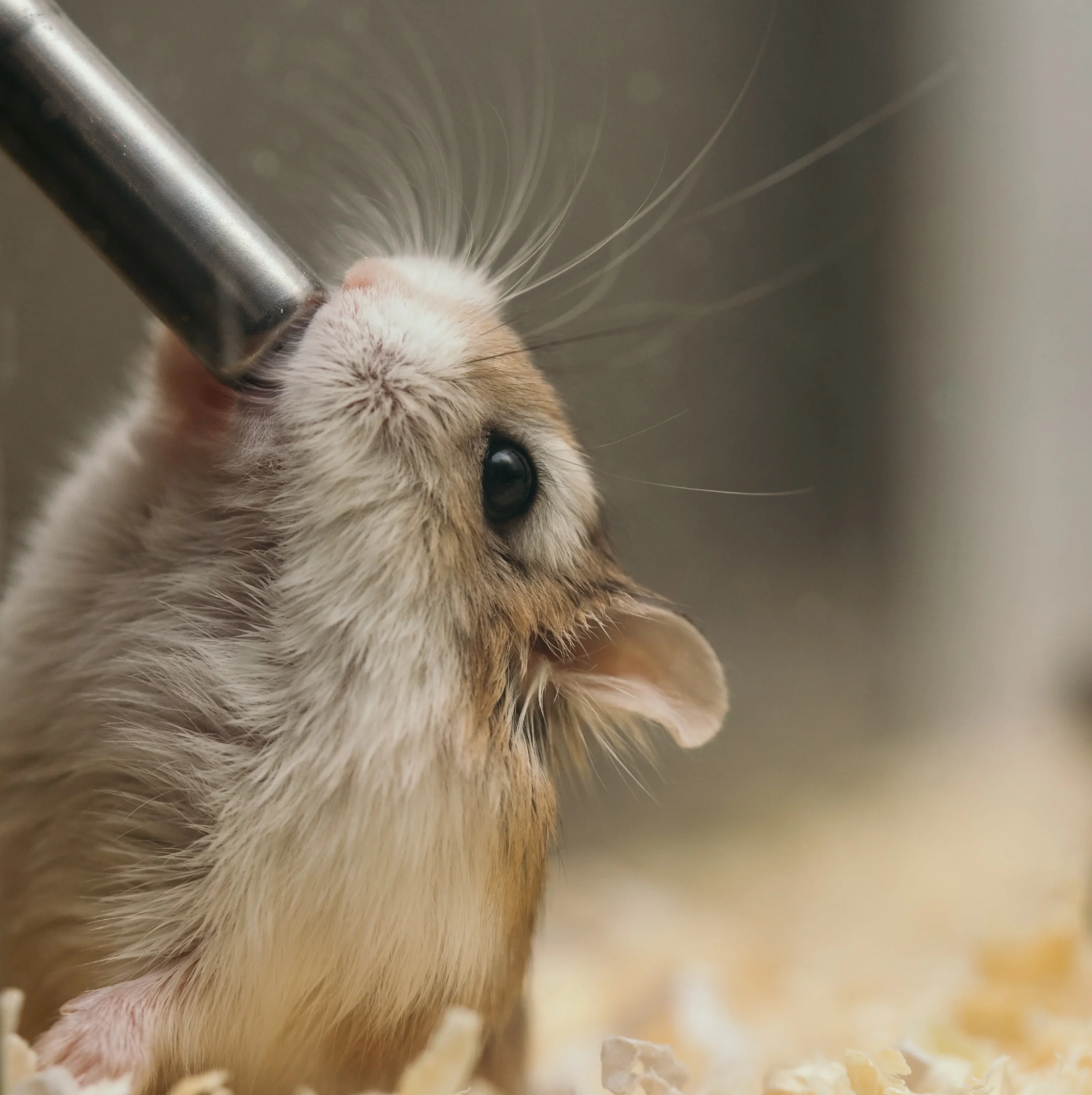
To ensure the health and longevity of pet hamsters, it’s crucial to provide them with a suitable habitat, which includes a clean cage or enclosure, proper bedding, and appropriate temperature and humidity levels. Regular cleaning of the cage and removal of waste is essential to prevent health issues.
Maintaining a balanced diet as discussed earlier is vital for their well-being. Overfeeding can lead to obesity, which can result in various health problems, including diabetes.
Hamsters are prone to certain health issues, such as dental problems, respiratory infections, and skin conditions. Regular veterinary check-ups can help detect and address these issues early.
Additionally, hamsters are solitary animals by nature and may become stressed or aggressive when housed together. It’s generally recommended to keep hamsters individually to avoid conflicts.
Conclusion
In conclusion, hamsters have a captivating history that dates back to their discovery in the early 20th century, with a rich lineage of domestication and breeding. Their small size makes them ideal for pet keeping, and they have become beloved household companions globally.
To care for hamsters properly, it’s essential to provide them with a balanced diet, suitable housing, and a clean environment. While they may not be as trainable as some other pets, their intelligence is evident in their problem-solving abilities and survival instincts.
Despite their relatively short lifespan, hamsters bring joy and companionship to countless families and individuals worldwide, making them cherished members of the pet-keeping community.
The charm of small pets with our insightful guide. Learn about caring for and choosing the perfect companion among a variety of small pet species


